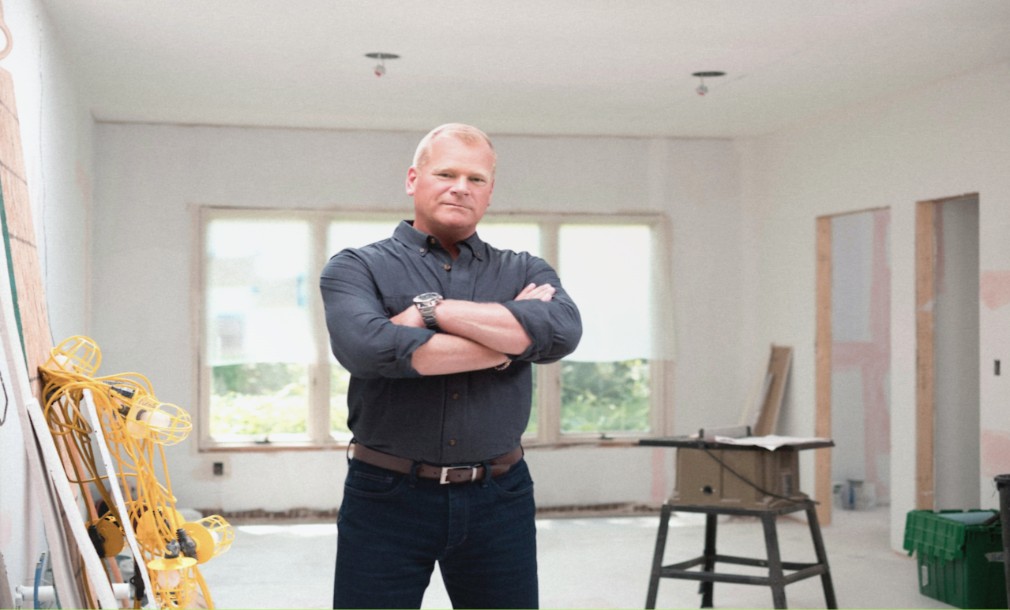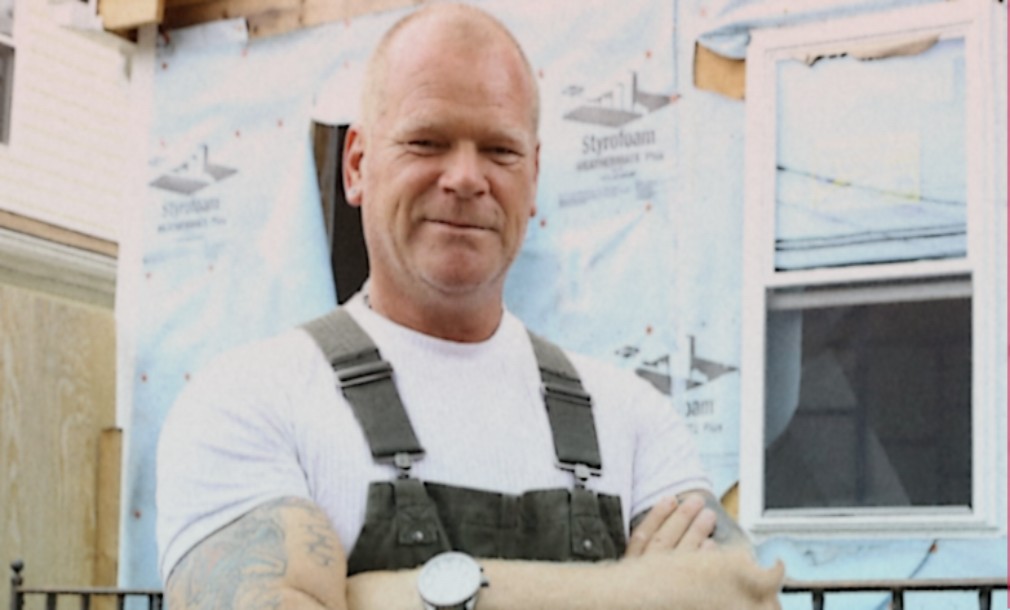Consumer advocacy organization Tarion has condemned three homes in an apartment complex endorsed by celebrity Mike Holmes. A large excavator tears through a modern home in Meaford, Ontario, a picturesque community on Georgian Bay. The house, only two years old, has seen its once high ceilings, large windows and backyard patio reduced to broken glass and wood.
“It’s traumatizing,” said Fayard Johnson, who lives down the street. “Very surprised to see my neighbor’s house being destroyed.”
Another house owned by Fayard’s neighbor is also slated for demolition.
The demolition is the latest chapter in the saga of TerraceWood, a housing development launched in Meaford in 2015 with much pomp. “Boutique” portions of the homes were built by Third Line Homes, backed by celebrity contractor and popular TV personality Mike Holmes.
Holmes is known for rescuing homeowners from failed construction projects. He promoted TerraceWood, including on a billboard, as “Holmes Approved Homes.”
“Holmes Approved Homes are built with innovation, integrity and a commitment to doing the right thing,” Holmes said in a YouTube promotional video.
But according to Tarion, the consumer advocacy organization for Ontario’s new homes, things haven’t gone so well. As CBC News previously reported , Tarion filed an $8 million lawsuit in 2021 against parties involved in the project, claiming 14 TerraceWood homes were built with defects.
Now CBC has learned that Tarion has condemned three of those homes.
Two have already been demolished and the third is awaiting a demolition date.
“Given the nature of the defects found” in the homes, “demolition was a more reasonable option than renovation,” Tarion spokesperson Andrew Donnachie said in an email. Some defendants in the lawsuit argue that condemning all three homes was wrong.







